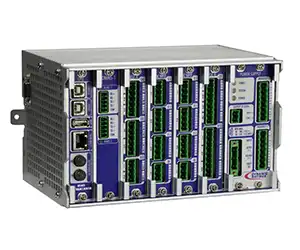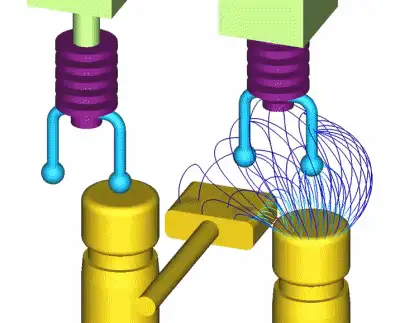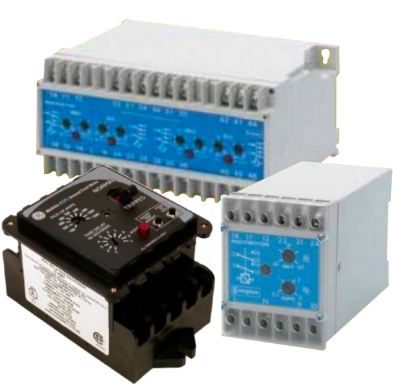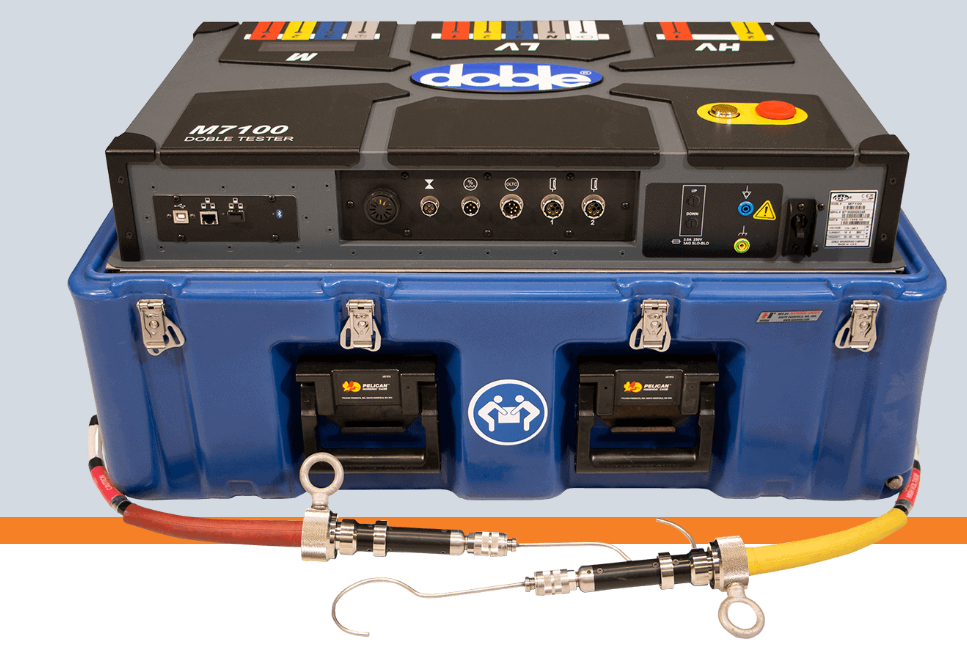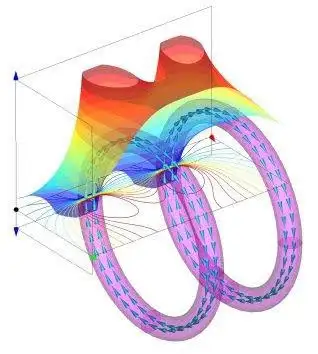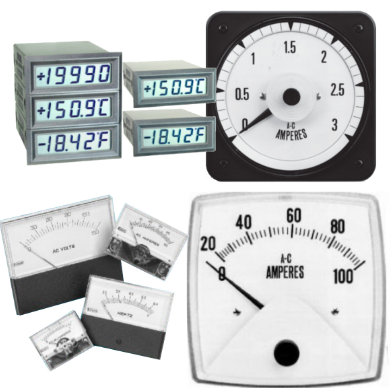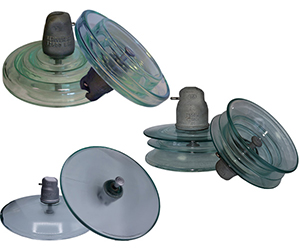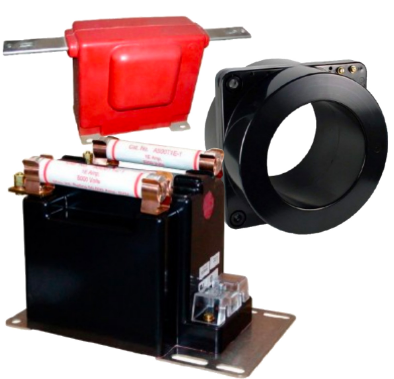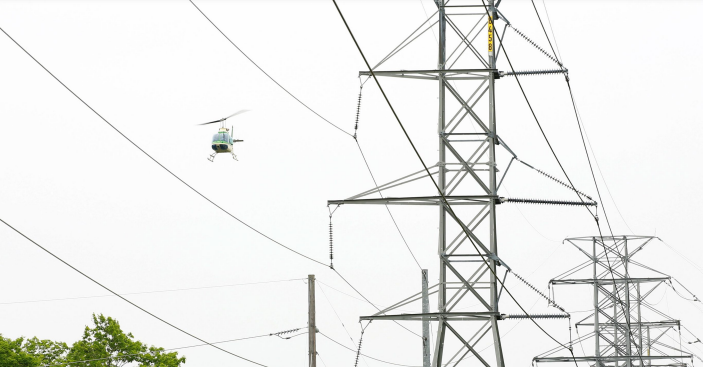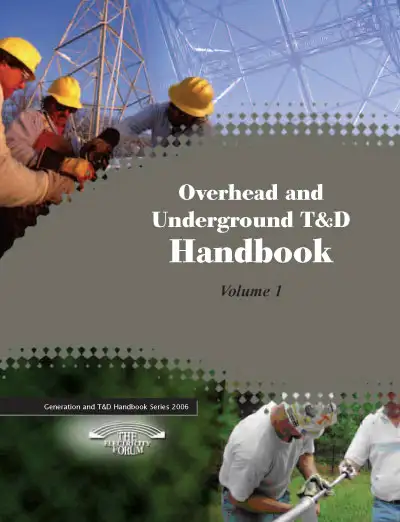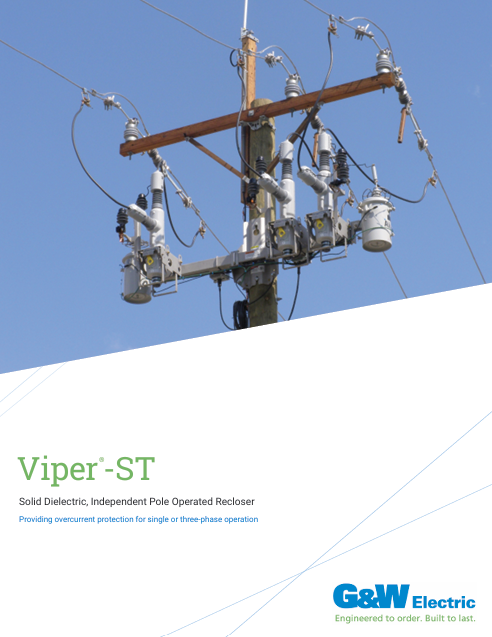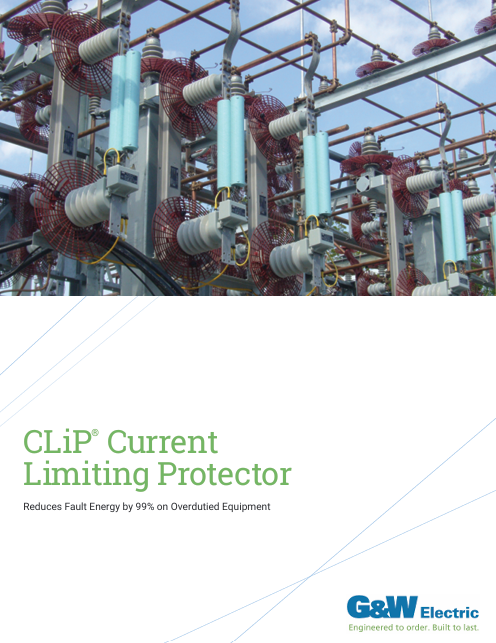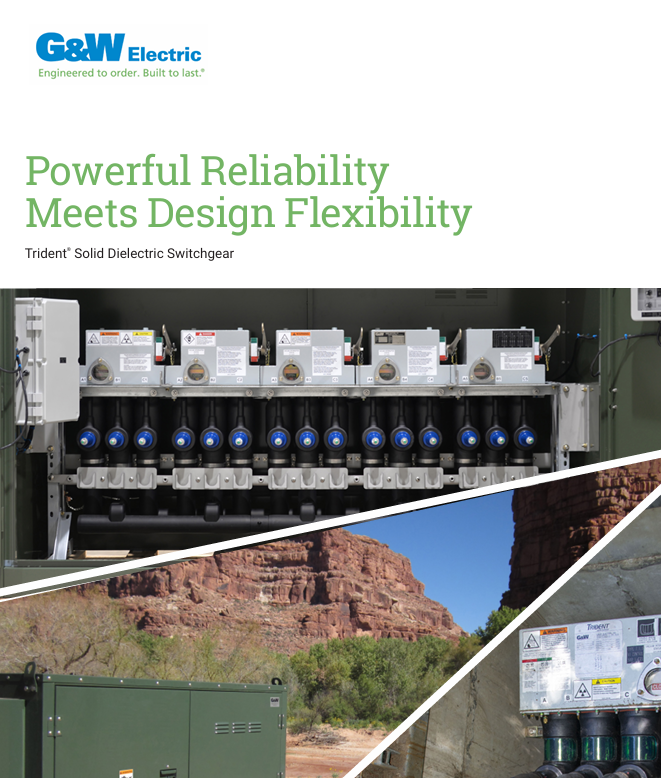Safety Factors to Consider for Substation Accessibility
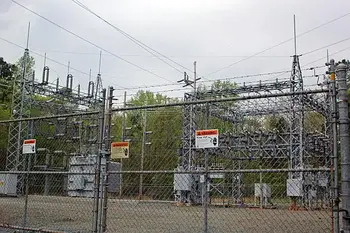
Substations are potentially high-risk environments with a unique set of threats often hidden from the untrained eye. One step in the wrong direction can bring people too close to live equipment, an accidental stretch of an arm flipping a control switch can bring the entire facility to a grinding halt, or a dropped wrench can trigger an explosion. There are simply so many ways in which things can go wrong. These not only cause damage to assets and infrastructure but also compromise the safety and lives of personnel, apart from interrupting power transmission or distribution. Monitoring and controlling access right from the perimeter of the premises to the different structures and buildings as well as areas within them is imperative to ensure safe navigation.
Accessibility is a key aspect that heavily influences the security of the substation, its infrastructure, and the safety of its occupants. Network owners/ managers/ industrial units/ utilities are all free to manage accessibility concerns based on the site-specific risk analysis and potential safety threats. This inevitably tends to vary based on who is authorised to enter the substation, how, and under what circumstances. There is always the risk of unauthorised, deliberate or accidental access, which must be mandatorily addressed.
CONTROLLING AUTHORISED ACCESS
There are basically a few typical circumstances that warrant authorised substation access:
Electrical Work
- Installation
- maintenance
- operation of cranes/ vehicles fitted with booms/ baskets for working on electrical installations
Non-Electrical Manual Work
- Installation
- servicing of mechanical equipment/ communication lines
- material movement
- ground maintenance and cleanup
- waste disposal
Inspections/ Delivery/ Audits/ Observations
- Routine inspections/ audits
- Verification of layout drawings/ building plans
- Material delivery
- Official facility tours
While OSHA’s 29 CFR 1910.269(u) stipulates that only qualified personnel can enter areas where live equipment/ parts are exposed or accessible, ground realities are indeed different, given the practical requirements. Site-specific access programs and safety procedures have made it possible for substations to comply with OSHA standards.
Particularly, classifying access based on the entrant and purpose of entry helps determine the safety measures that need to be in place during the visit. Access to high-risk/ restricted areas can typically be categorised as:
Unescorted
- All qualified employees are cleared for unescorted access
- Unqualified employees, however, need to be trained and acclimatised to the layout, location of the different live equipment/ parts, potential risks, dangers, restrictions and safety requirements of work in substations to move through the premises without an escort or guide to complete their tasks safely.
- The training qualifies them for unescorted access, and does not permit any activities that involve exposure to electrical hazards.
Accompanied by a Qualified Escort
- Unqualified workers need to be accompanied by a trained, qualified and well-insulated escort as they go about their tasks.
- Qualified escorts closely supervise and warn their wards from moving too close to energised equipment or other potential threats, and protect them from exposure to hazards should need arise.
Accompanied by a Privileged Escort
- Privileged escorts are trained and experienced personnel who are knowledgeable about substation layout, infrastructure, different equipment, their operating voltages and minimum approach distances, likely hazards, emergency procedures and other significant aspects of the work environment.
- Their presence is most likely required during rescue, maintenance, repairs, and emergency missions.
Regulating authorised access can prove helpful in enhancing the safety levels within the facility.
Vehicles entering the premises too will need to be monitored and guided by flagmen along roadways that have been reinforced to protect underground cables. Overhead clearance along the route and at the unloading point also needs careful attention.
RESTRICTING AUTHORISED ACCESS
Restricting access reduces the need for control as it limits movement of people into and out of the substation, and hence the possibility of accidents triggered by human presence or negligence.
Allowing visitors into the substation or using the spare space within the premises to store equipment/ material simply results in an increase in the number of people who have access to restricted areas. More importantly, not all of them will be aware of potential electrical hazards that lurk in environment.
While it is common sense for people to stay away from labelled enclosures and fencing around electrical installations, it may not be possible to steer clear of other imperceptible hazards.
Escorted access in such cases is the prevalent practice. Locking out for high-risk areas is also recommended.
PREVENTING UNAUTHORISED ACCESS
Adequate illumination, surveillance systems, alarms, enclosures and fences along the perimeter with warning signage are a few security measures that help deter unauthorised access, which is equally capable of compromising the safety of facility and the people manning it. It is worth noting that unauthorised entrants with malicious intent or thieves are more likely to trigger accidents, as they tend to use poorly-lit routes and target remote parts of the premises in an attempt to stay hidden.
The purpose of access and qualification of the entrant are two key factors that need to be considered to ensure safe access to the substation. Implementing a suitable access program after analysing site-specific risks can help address accessibility concerns.
On-Site Training
Interested in cost effective, professional on-site electrical training?
We can present an Electrical Training Course to your electrical engineering and maintenance staff, on your premises, tailored to your specific equipment and requirements. Click on the link below to request a Free quotation.
EF PARTNER MEDIA
Videos
Product Showcases
Shared Media










